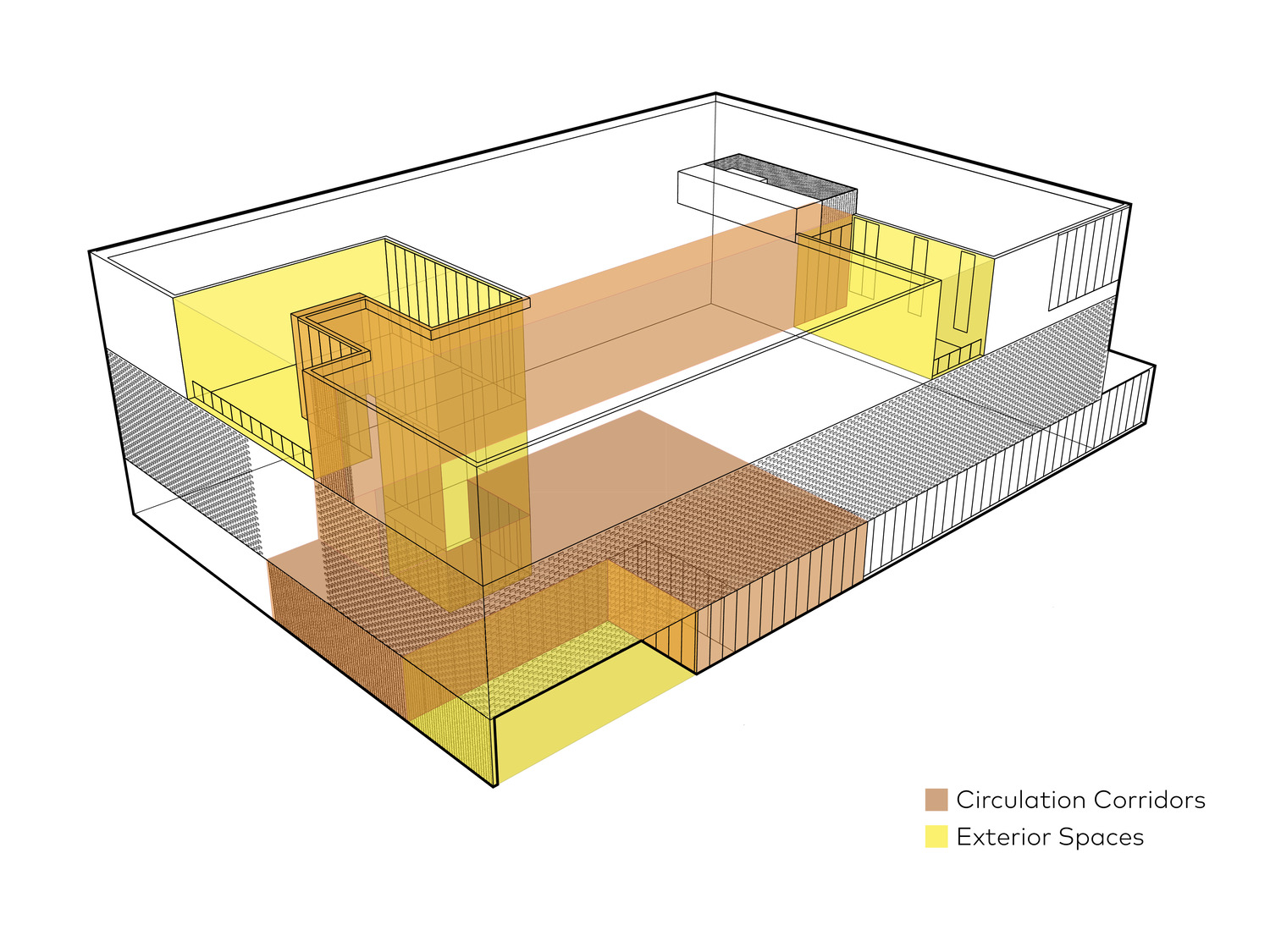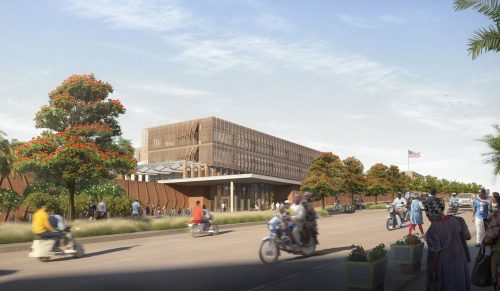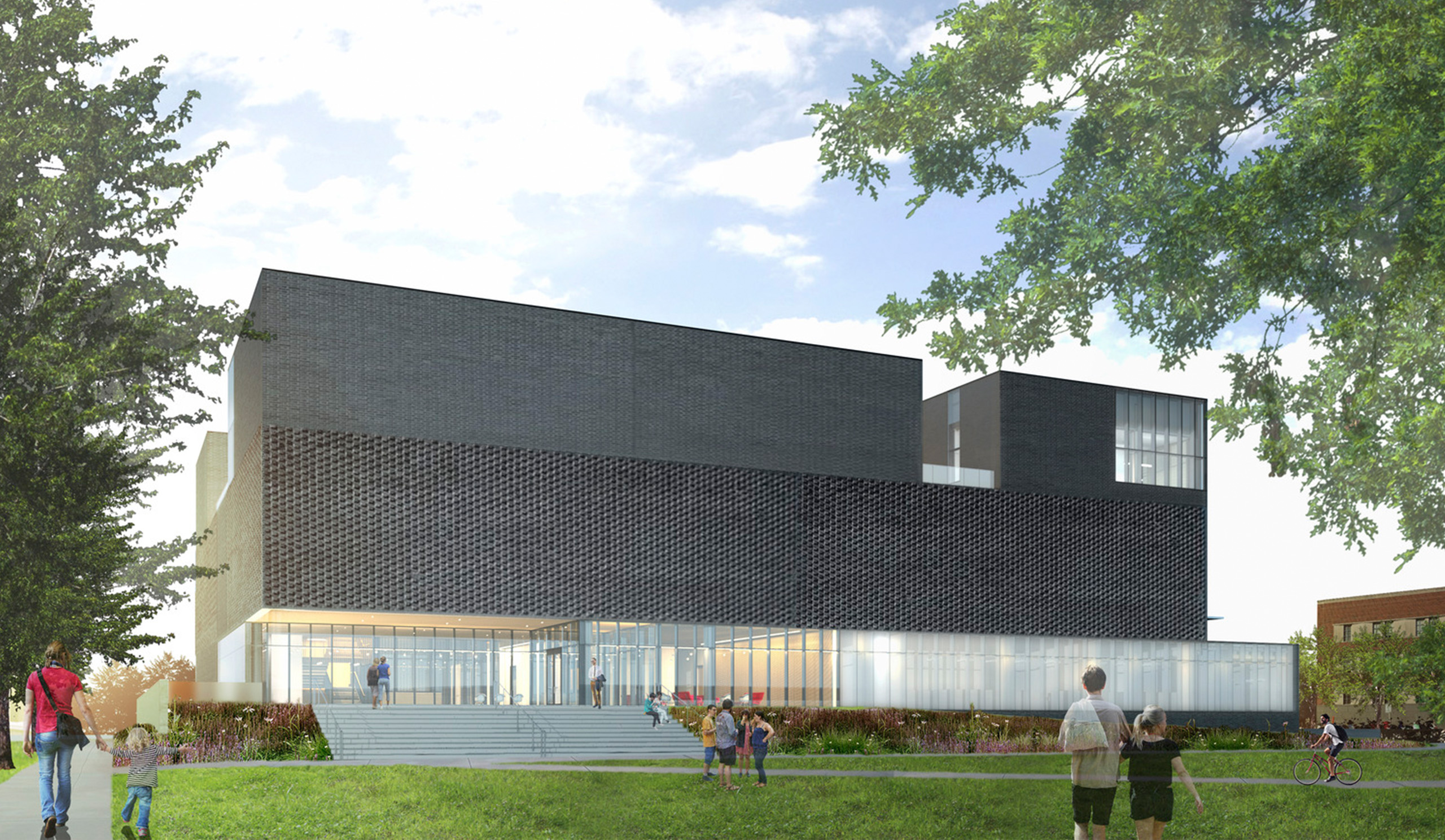
University of Iowa Museum of Art: Rectilinear Solidity / Interconnected Voids
The University of Iowa Museum of Art (UIMA) is conceived as a rectilinear solid interrupted by interconnected voids that form the protective and respectful home for the display, conservation, and storage of the collection while providing light-filled, interconnected volumes that emotionally, visually, and physically guide patrons as they experience the Museum.
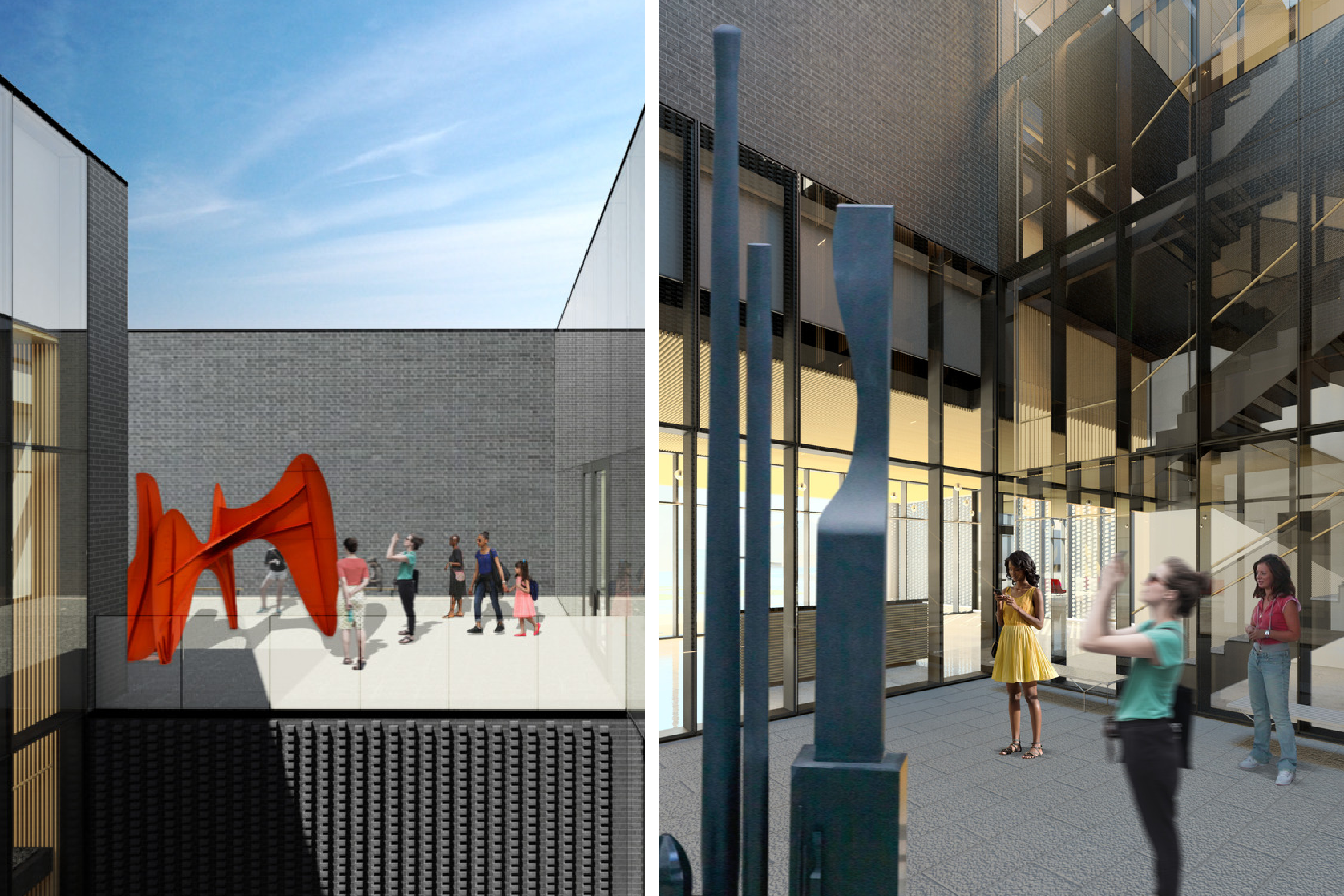
The articulated voids provide exterior exhibition spaces, educational areas, and horizontal and vertical circulation pathways; all intertwined by a three-story, light-filled exterior gallery comprising the core of the Museum and permeating the entirety of the experience.
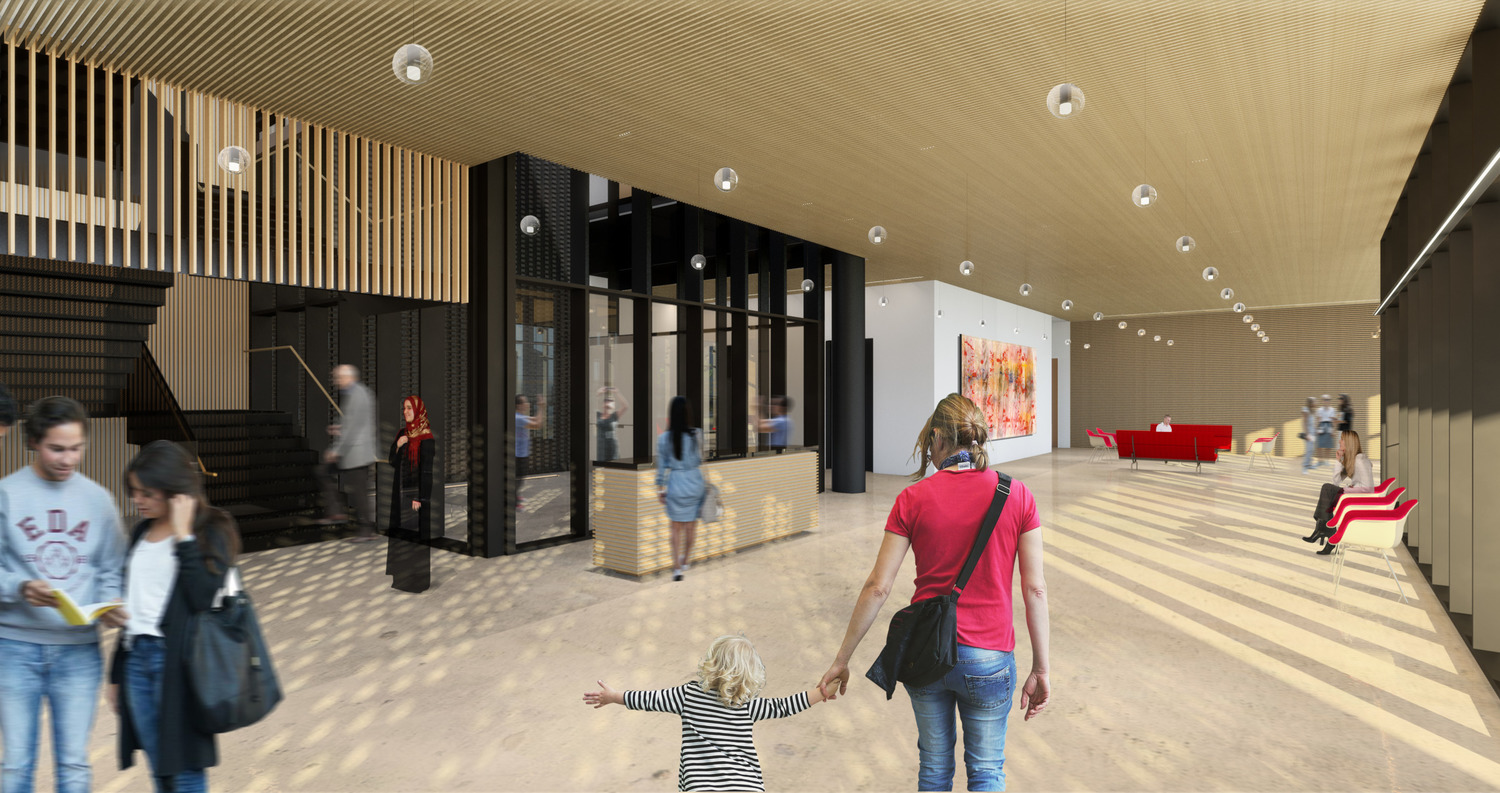
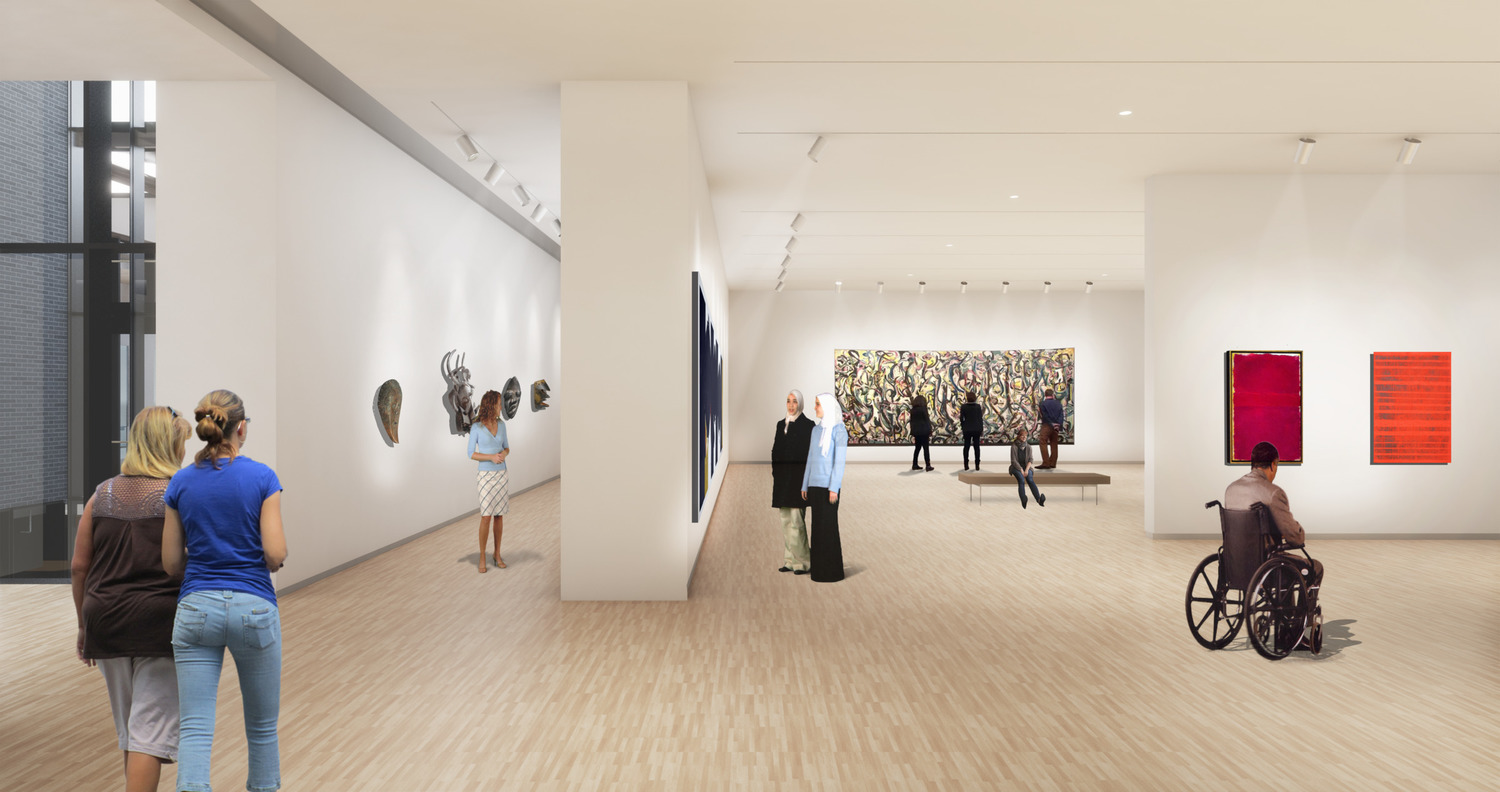
Recalling the timeless academic and cultural brick masonry buildings of Alvar Aalto, Louis Khan, and Eero and Eliel Saarinen, the exterior of the Museum is clad in brick masonry to complement the masonry characteristics of neighboring structures, and to convey the importance of the timelessness and stability of the collection housed within.
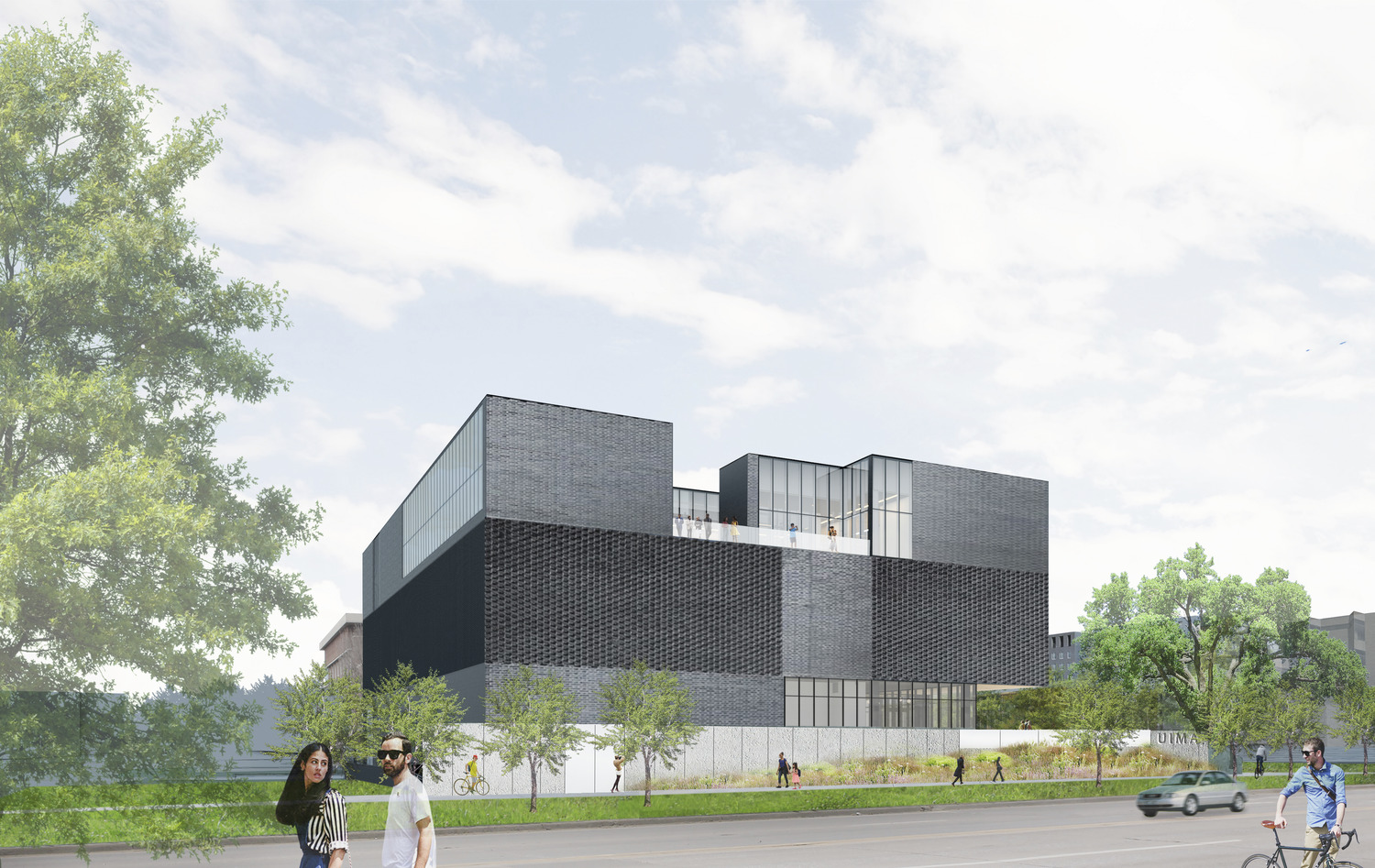
Through a composition of alternating brick screens and textures that articulate the internal organization, the Museum façade becomes transformative and animated by the daily and seasonal changes in exterior daylight quality and quantity — creating oscillating levels of reflectance, shadow, and animation.
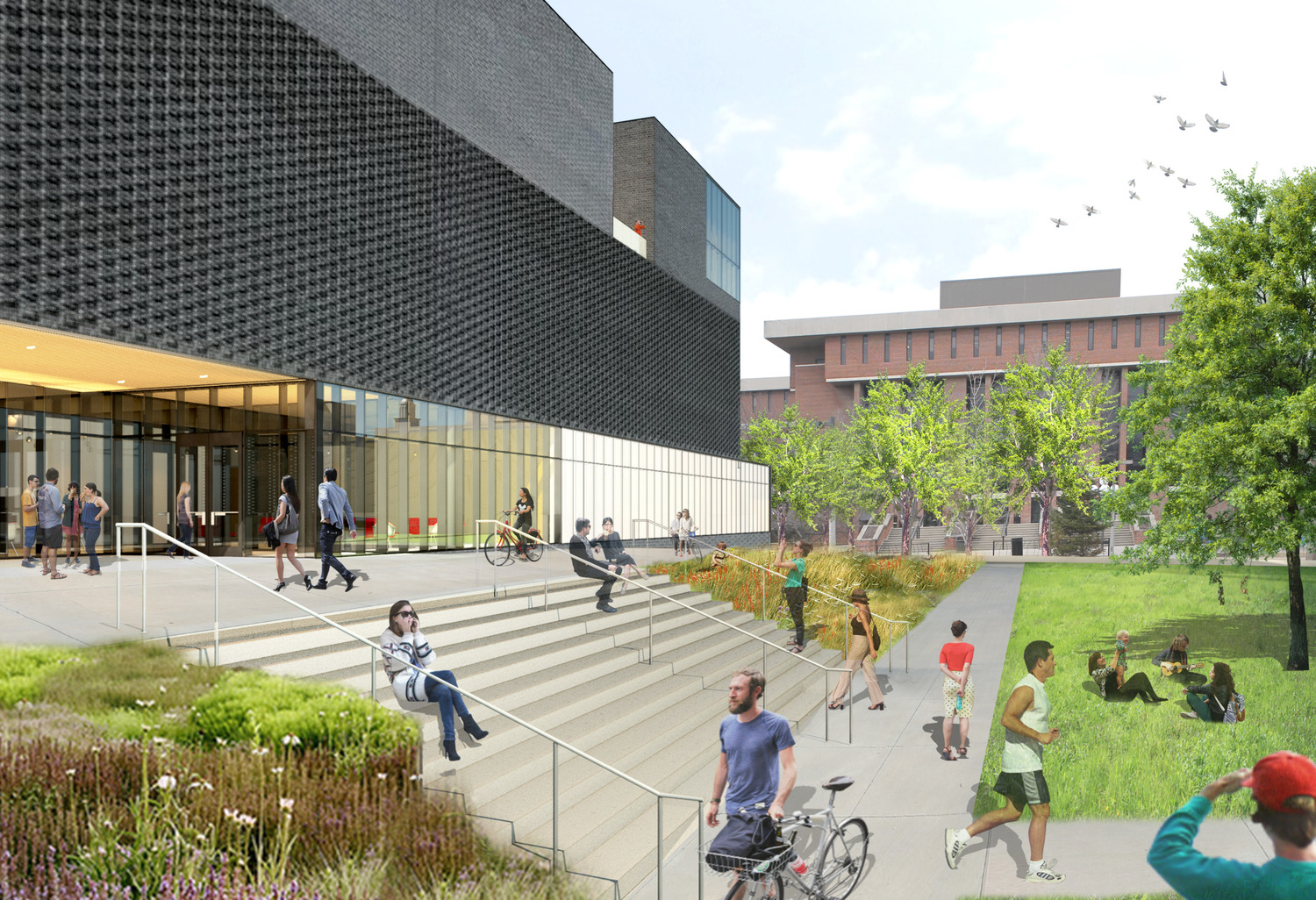
A darker brick has been selected to contrast the predominantly red brick of the surrounding buildings and to clearly delineate the significance of the Museum in the hierarchy of buildings on campus while creating a meaningful dichotomy with the white-light-filled interiors and warm wood detailing.
